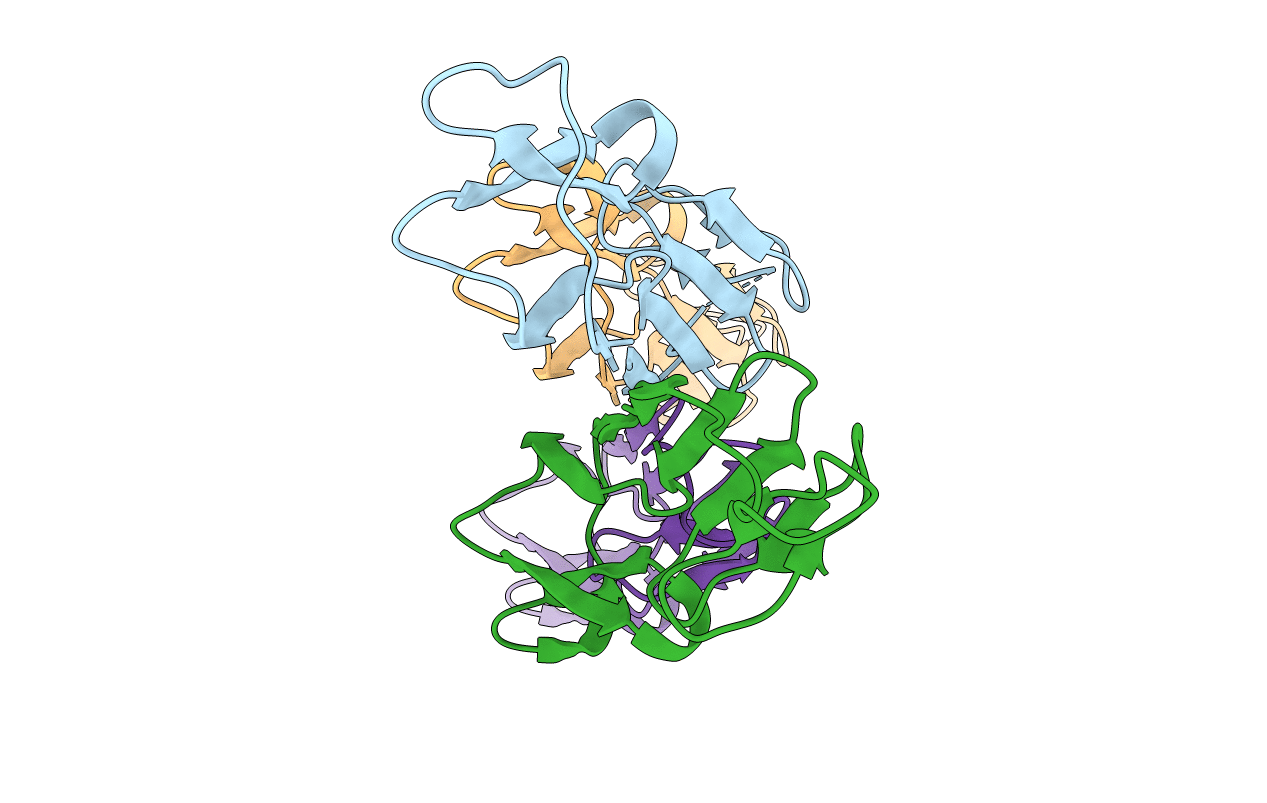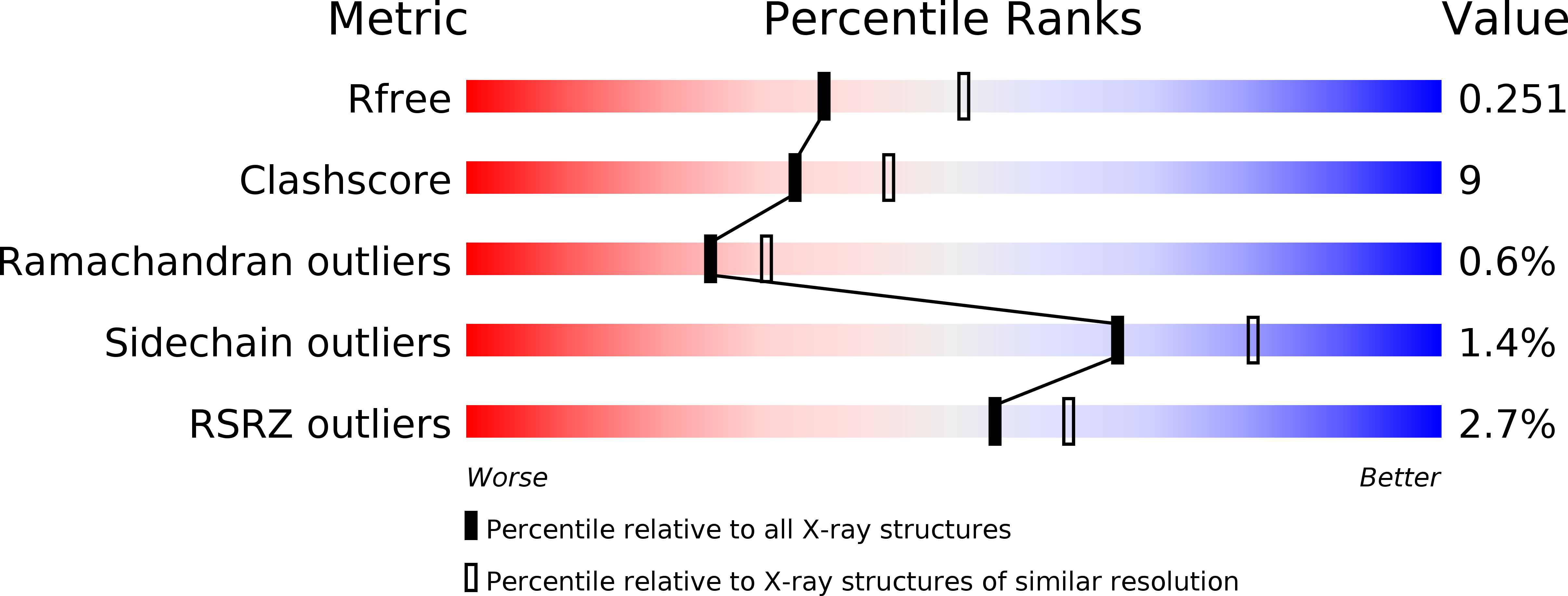
Deposition Date
2009-09-03
Release Date
2010-03-16
Last Version Date
2024-10-30
Entry Detail
PDB ID:
3IX0
Keywords:
Title:
Crystal structure of human seminal plasma protein PSP94
Biological Source:
Source Organism:
Homo sapiens (Taxon ID: 9606)
Method Details:
Experimental Method:
Resolution:
2.30 Å
R-Value Free:
0.26
R-Value Work:
0.21
R-Value Observed:
0.21
Space Group:
P 41 21 2


